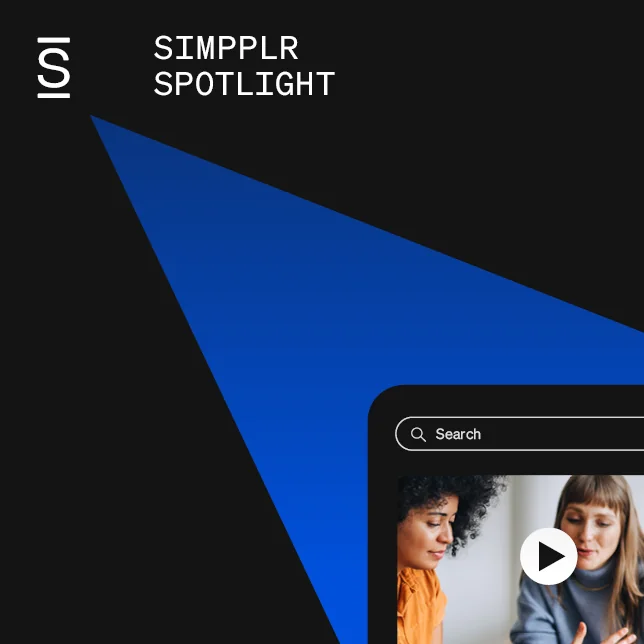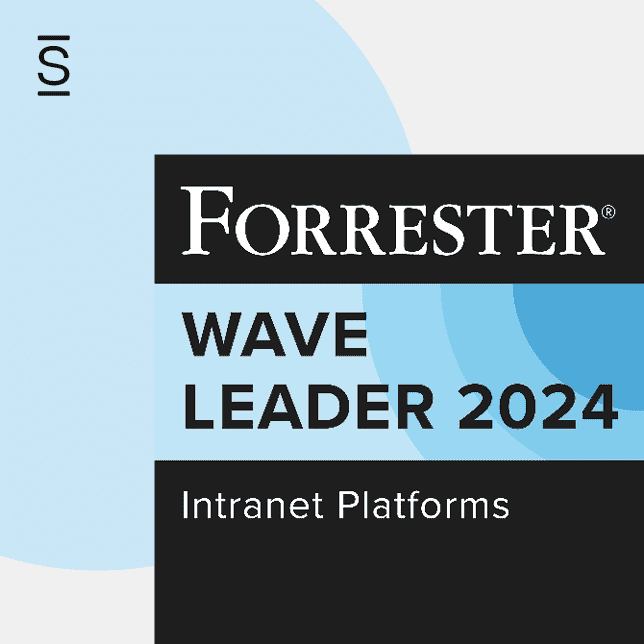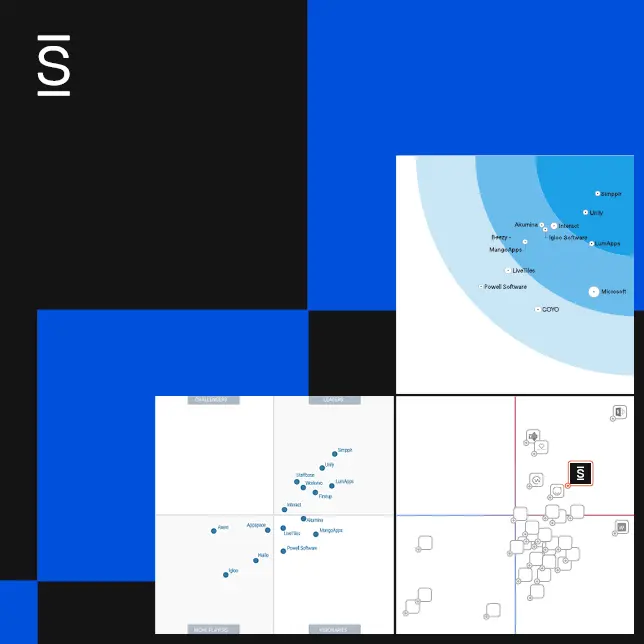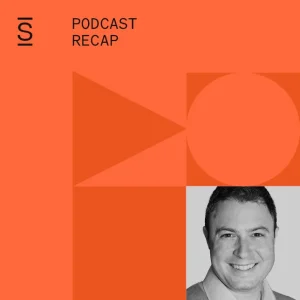Stephanie Briggs, director of employee experience at Ivanti, knows what it takes to provide the ideal employee experience.
Storytellers are a special breed of people who understand the nuance of communication and the sacredness of words. They comprehend how people may need to hear messages in various ways to grasp a story’s essence and inner meaning. You’re a lucky company when you have such an individual leading your employee experience. Amanda Berry, Manager of Corporate Brand and Communications at Simpplr, learned more about the importance of storytelling when she interviewed Stephanie Biggs, director of employee experience at Ivanti, for episode 20 of Simpplr’s Cohesion Podcast.
Ivanti, a unique automated IT platform, works to protect every connection, from company devices all the way through a corporate, global infrastructure. Stephanie, who’s also known as the author of the Sophia Rey series of horror novels, has been the Director of Employee Experience for Ivanti for over a year. As a well-rounded communicator, Stephanie realized that she needed to use all her talents to help create that ideal employee experience.
With conflict resolution, the story is everything
Combining her flair for storytelling and solving customer issues, Stephanie could see the parallels right away—with both, it’s critical to be able to understand conflict.
“If we’re talking fiction, or writing non-fiction even within organizations, conflict is key,” Stephanie said. “Because, then, we’re able to find out how the characters in that story work to resolve that conflict. That conflict in fiction or horror writing obviously can be something quite scary. But in an organization, we are solving pain points for our customers. Depending on the solution sets we’re offering customers, those pains are essentially conflicts. If we’re going to tell a story about a customer, we would definitely want to deep dive into their pain points and how it’s impacting them individually from an organization standpoint.”
However, conflict resolution and friction removal also applies to employees. Fictional characters are always on a journey, motivated by a conflict, and it’s the author’s job to help readers understand all those nuances. In an ideal employee experience, the same is also true, but at work, Stephanie shifts from storyteller to listener. It’s impossible to get a full picture without fully hearing the employee’s needs and what they must face daily, so Stephanie and her team make it mission-critical to understand the individual. What are their conflicts, professionally and personally?
Ideal employee experiences begin and end with customer service
As an internal communications professional, Stephanie recognizes the vital the role she plays in maintaining a customer-first mindset. All Ivanti employees, including executive leaders and senior leaders, are her customers, and they, in turn, present a united face of contentment and enthusiasm for the company and its products to their customers. And external customers comprise more than the people who buy from Ivanti—they’re also future employees, industry influencers, and current and potential investors. That’s why, Stephanie says, “the customer relationship is top priority.” When running a global function, everything begins with the mindset you adopt. Stephanie recognizes that as an internal communications professional, all Iivanti employees, including executive leaders and senior leaders, should be considered customers. And as Stephanie said, “the customer relationship is top priority.”
“I believe that organizations today are truly realizing that employees are also customers, and there’s a direct correlation to the employee experience and the customer experience,” Stephanie explained. “Now, in terms of supporting leaders and employees at Iivanti, a core component in what we’re doing day to day is, as I said earlier, is active listening. And I continue to emphasize this because it’s such a crucial part of being an internal comms professional.”
Thinking about employee experience as human-centric
Stephanie sees her position as one of the most human-centric roles she has ever had. Every day the employees’ needs and desires are top of mind for her. She bases her decisions on the input of global teams, who let her know what employees need, and how they want to perform their daily tasks.rSince all good storytellers must also be great listeners, Stephanie puts that skill to good use at Ivanti.
Listening opens the door to hearing what employees experience, especially from a project perspective. It’s critical to have input from every employee, because employee engagement is an enormous part in the project management, internal employee campaigns, and company strategy. If a company can understand the importance of the collaborative needs of different teams, Stephanie believes, it’s possible to fine tune how, what, and why your company communicates to its employees. However, that level of communication involves balancing executive and leadership voices while delivering the best employee experience. After all, companies aren’t individual entities, they’re comprised of people with all sorts of skills, experiences, needs, and desires. Taking a human-centric approach to the people within a company is the goal of an ideal employee experience, something that Stephanie Biggs takes seriously. Doing anything else would be the real horror.
Is this a form of product-led growth that leads to an ideal employee experience? Tune into the Simpplr Cohesion Podcastto hear the rest of the story. You can also listen to it on Apple Podcasts and Spotify.














